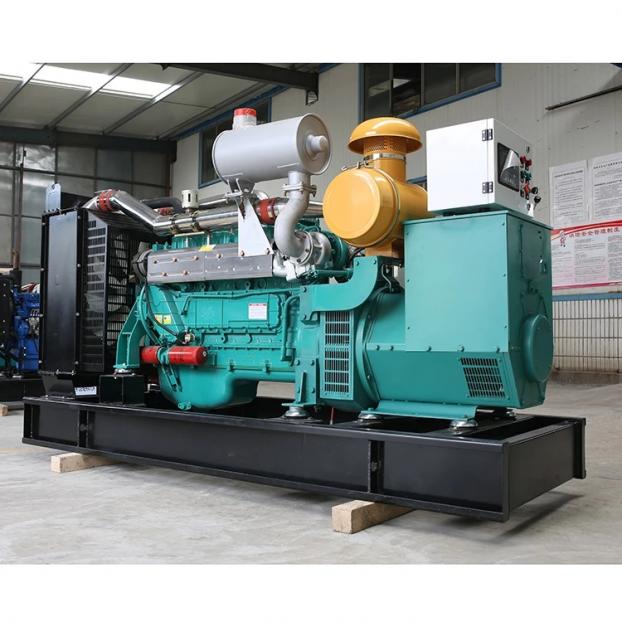The rental power market in India has seen significant growth over the past few years to meet the short-term power needs of both industrial and commercial sectors. With rapid industrialization and urbanization, demand for electricity has risen sharply. However, the capacity addition by state utilities has failed to keep pace with the rising demand. This has led to power deficits across the country. According to Central Electricity Authority reports, the peak power deficit in India was recorded at 4.2% and the energy deficit at 2.4% in Financial Year 2020-21. To plug this gap between demand and supply, rental power plants that can be set up quickly have emerged as an attractive option.
Advantages of Rental Power Plants
Rental power plants have several advantages compared to long-term power projects:
– Quick deployment: Being modular in design, rental power plants comprising gas engines or gas turbines can be set up within 6-9 months compared to 2-5 years for a thermal or hydro power plant. This enables companies to meet urgent temporary demand through rental power.
– Lower capital investment: As rental plants do not require establishment of long-term resources like land acquisition or transmission infrastructure, they need lower upfront capital expenditure ranging from Rs 3-5 crore per MW. This reduces financial risks for developers.
– Variable capacity: The modular nature permits flexibility in capacity addition depending on demand fluctuations. Capacity can be scaled up or down as per requirements, avoiding over or under-capacity issues.
– Reduce transmission losses: Since power is generated near the point of consumption in industrial areas, states or cities, transmission losses over long distances are avoided compared to central / regional grid supply.
– Environmental benefits: Rental power plants based on natural gas are more eco-friendly with lower carbon emissions relative to liquid fuel based alternatives. Gas also has higher plant load factors and efficiency.
Key Players and Market Potential
Several prominent players have entered the Indian power rental market to capture a share of the growing opportunties. Leading rental power suppliers include Aggreko, Cummins, Caterpillar, Atlas Copco, Sudhir Gensets and few others. As per industry estimates, the potential demand for rental power in India is over 5000 MW. Key sectors driving this demand include:
– Infrastructure: Strong government push on road, housing and renewable energy targets will boost demand from construction sector temporary baseload requirements.
– Mining: Mining industry in states like Chhattisgarh, Jharkhand and Odisha continue to face power deficits, spurring use of rentals.
– Manufacturing: Demand from steel, cement, textiles and other industries persists due to construction activity and economic growth.
– Utilities: Discoms use rental when facing peak deficits or grid maintenance without passing burden to consumers.
– Events: Mega events, exhibitions, religious gatherings also rely on mobile power solutions to meet temporary spike in loads.
Business Models and Challenges
There are primarily two business models prevalent in India’s rental power sector:
1) Equipment Rental: This involves renting out diesel generators and gas generator sets on a per hour usage basis. Companies like Aggreko, Cummins, Caterpillar dominate this segment.
2) Bootstrap Capacity Addition: Private developers invest in rental plants near load centers. Power is supplied to discoms or open access consumers on long-term (3-10 years) PPAs priced at 15-20% premium over regular tariffs. This provides utilities additional flexible capacity without largecapex.
However, low plant load factors due to intermittent demand remain a key challenge for developers. Policy and regulatory uncertainty over open access and third party sales also impact rental projects adversely at times. Introduction of favourable rules can significantly help unlock the potential of India’s power rental sector.
Conclusion
With sustained efforts to bridge the demand-supply deficit and achieve ‘Power For All’ goal, India’s power sector will continue its growth trajectory. Short-term rental power solutions will play a complementary role by offering flexible capacity during peak deficits or grid maintenance periods. Gradual shift towards natural gas as a primary fuel can boost environment performance of rental fleets. If policy nudges can boost plant load factors for rental projects, more private investors will be encouraged to participate and meet India’s temporary power needs reliably. Overall, the rental power market is well-poised to grow strength to strength in the coming decade.
“*Note:
1. Source: Coherent Market Insights, Public sources, Desk research
2. We have leveraged AI tools to mine information and compile it”

